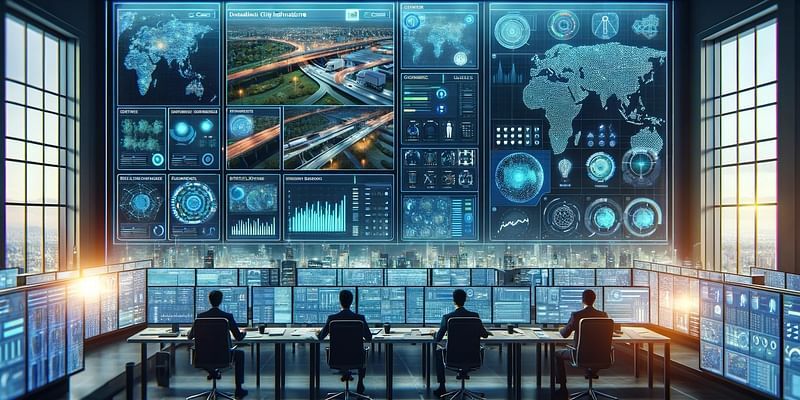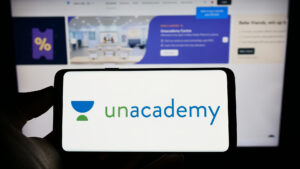
In the rapidly evolving world of technology, the concept of digital twins has surged to the forefront, promising to revolutionise how we interact with the physical environment. This fascinating innovation serves as a bridge between the tangible and the virtual, offering insights that were once considered the stuff of science fiction. Let’s embark on a journey to unravel the mysteries of digital twins, exploring their uses, functionality, and their uncanny ability to predict the future.
What Are Digital Twins?
At its core, a digital twin is a virtual model designed to accurately reflect a physical object, process, or system. Imagine having a digital clone of a city’s infrastructure, a car, or even a wind turbine, accessible from the comfort of your computer. This isn’t just any clone; it’s a dynamic, breathing simulation that lives and learns, offering real-time insights and foresights into its physical counterpart’s performance, maintenance needs, and more. It’s like having a crystal ball, but for machinery and systems!
The Mechanics Behind the Magic
How do digital twins work? It all starts with data – lots of it. Sensors embedded in the physical entity collect data on various parameters, such as temperature, speed, and efficiency. This data is then fed into the digital twin, which uses sophisticated algorithms to simulate the physical object’s behavior in real time. Machine learning and AI take this a step further by enabling the digital twin to learn from past data, predict future outcomes, and suggest optimisations. Essentially, it’s a continuous loop of feedback and improvement, making the physical and digital twins smarter together.
Predicting the Future with Precision
One of the most exciting aspects of digital twins is their ability to forecast future scenarios. By analyzing patterns and trends from historical and real-time data, digital twins can predict equipment failures, optimize operations, and even simulate how changes in one part of a system could ripple through others. For industries ranging from manufacturing to urban planning, this predictive prowess means reduced downtime, improved efficiency, and a future where surprises are a thing of the past.
Beyond Prediction: The Vast Landscape of Applications
The application of digital twins spans far and wide. In healthcare, digital twins of organs can assist surgeons in planning complex surgeries. In retail, a digital twin of the supply chain can optimise logistics and reduce waste. And let’s not forget about their role in sustainable development; by simulating environmental impacts, digital twins can help design more sustainable cities and reduce carbon footprints.
The Future is Twinning
As we stand on the brink of this digital frontier, the potential of digital twins is only beginning to be unlocked. With each advancement, they offer a glimpse into a future where the line between physical and digital blurs, enabling us to solve complex problems, enhance efficiency, and, yes, predict the future. So, let’s embrace our digital doppelgängers and the endless possibilities they herald. After all, in the world of digital twins, the future isn’t just something to be predicted—it’s something to be created.
In conclusion, digital twins represent a significant leap towards an integrated future where the digital and physical realms coalesce seamlessly. As we continue to explore and expand their capabilities, one thing is clear: the future is not just being predicted; it’s being rewritten. Welcome to the era of digital twins, where the future is not just seen but shaped.
Edited by Rahul Bansal










